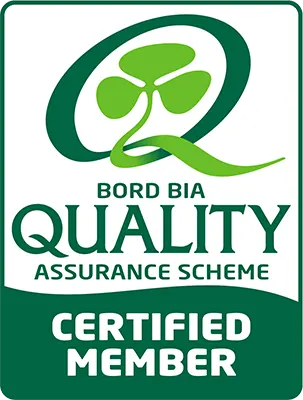Ensuring a grazing platform has the highest quality grass and grazing utilisation is essential to maximise grass as a feed source in economic terms.
Grazed grass with clover is the cheapest feed available to Irish farmers, and during the grazing season, animal performance is achieved almost entirely from grazed grass.
Research shows that each extra tonne of grass dry matter utilised is worth €181 and €105/ha per year to dairy and drystock farmers, respectively. Sowing a grass mixture that produces high yields of quality forage throughout the season is key to maximising grass utilisation on farms.
Having a diverse sward of perennial grass, clover, and multi-species swards on the grazing platform will ensure a steady supply of the highest quality forage through spring, summer, and autumn, buffering against drought and reducing the cost of forage production.
“We have a close working relationship with Nigel Condell from Specialist Nutrition. Nigel began working with us three years ago and has really become a partner in helping us get the most from our herd of Holstein Friesian cows.
The light type of soil we have is always a struggle during the summer months, with as little as a week without rain putting the farm under pressure. Finding a forage that would withstand these conditions and fit into our intensive farming system proved difficult. After speaking to Nigel, we selected the DLF Multi-Species 6-Species Herbal Ley mixture as the best fit for our situation.
The multi-species sward proved to be a massive hit with our herd! So much so that we are working with Nigel on a reseeding plan incorporating more multi-species into the farm over time.
In order to free up our grazing platform from silage production, we sowed DLF N Saver silage from Specialist Nutrition this spring in one of the driest fields. It made very high quailty bales, coming in at 20.8% crude protein. The clover in the mix also reduced the need for the amount of fertiliser that would have typically gone out on the silage platform.
Nigel works with us to formulate diets that combine the forage and cereal crops we produce on farm in a way that maximises the herd performance – we call him our “Masterchef!
– Tom, Patrick & Philip Murphy, Swiftsheath, Co. Kilkenny





